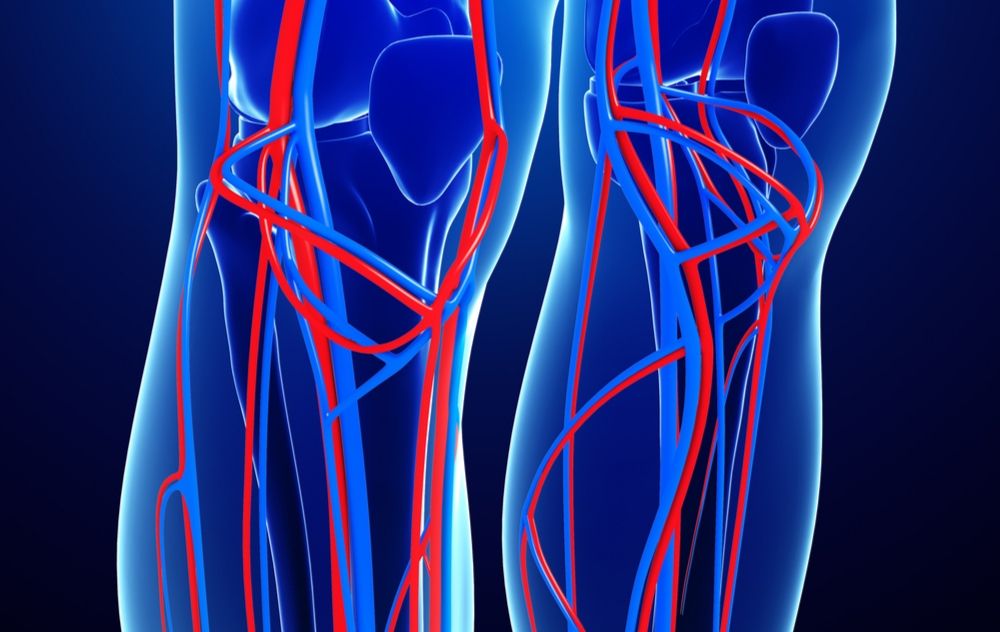Veins and Vascular Anastomoses

Arteries distribute blood to specific regions of the body. Once oxygen-rich blood reaches capillary beds, gas exchange occurs between capillaries and tissues. After gas exchange has occurred, how does carbon dioxide-rich blood return back to the heart? The answer lies in a network of vessels about 80,000 miles long: veins! Veins tend to merge into larger vessels as they get closer to the heart. Their walls get thicker and their diameter of their lumen (central portion of blood vessels through which blood travels) also increases.
Venules, the smallest veins, have a diameter ranging from 0.008 to 1 mm. Postcapillary venules* drain capillary beds. Just like porous capillaries, they are permeable to fluids and white blood cells. During inflammation, white blood cells often adhere to the endothelium of the postcapillary venule, and then they diffuse through the venule's wall to reach the inflamed tissue.
Figure 2: Venules drain capillary beds and gradually merge into larger veins
As venules continue to converge, they form veins. Just like arteries, veins have a tunica externa, tunica media, and tunica intima. However, a big difference between arteries and veins is the composition of the tunica media. Arteries contain a lot of smooth muscle and elastin in their tunica media to control blood pressure and blood flow to certain tissues, but veins contain very little smooth muscle and elastin. For this reason, the tunica media of veins is relatively thinner, which is why their lumen is larger than that of arteries. While the thickest layer of arteries is the tunica media, the thickest layer of veins is the tunica externa, which consists of collagen and very small amounts of elastin.
Figure 3. Veins contain a thinner tunica media and thicker tunica externa than arteries. Veins also have a larger lumen.
The vessels leaving and entering the heart have the thickest walls. Just like the aorta (an artery that leaves the heart) is the largest and thickest artery, the venae cavae (veins that enter the heart) are the largest and thickest veins. The tunica externa of the venae cavae contain large bands of smooth muscle, making them much thicker than other veins in the body.
*Read about postcapillary venules in my previous blog
Image References:
"Body Directions, Areas and Regions, Types of Tissues. Wordpress, wordpress.com.
"What's the Difference Between Superficial Veins and Deep Veins?" USA Vein Clinics, usaveinclinics.com.
"Ultrastructure of Blood Vessels." Teach Me Anatomy, teachmeanatomy.info.
"Venules and Veins - Structure and Function of Blood Vessels."





Very informative.
ReplyDelete